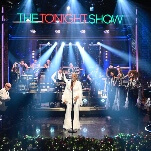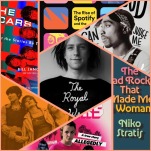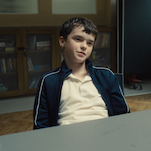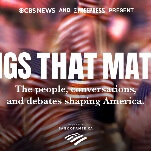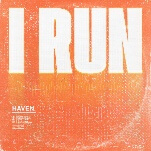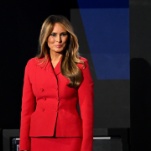The Late Show With Stephen Colbert’s online engagement is missing one thing: Stephen Colbert
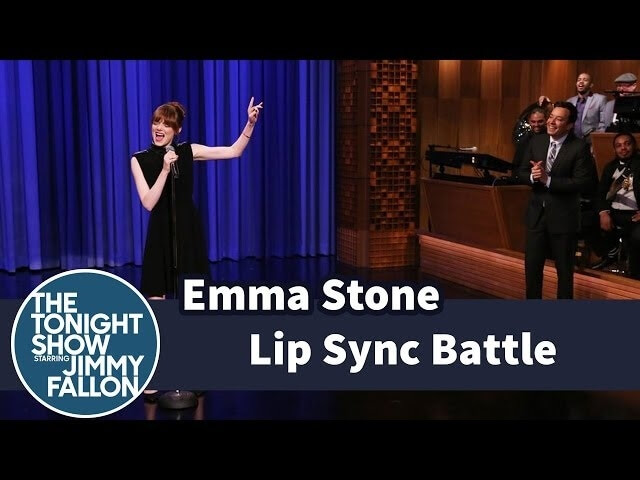
Late-night talk shows are cults of personality, and putting those personalities front and center is an essential part of promoting them online. Nobody could benefit more from being showcased and humanized right now than Stephen Colbert. Critics and fans are losing patience waiting for the show to find its voice, and after nine months, the headline-dominating question “Who’s the real Stephen Colbert?” still isn’t fully answered.
Building a dedicated following should’ve been easy. After all, The Late Show inherited a fan base eager to get engaged. For nine years, The Colbert Report viewers gamely ran with every idea Colbert’s right-wing pundit character threw at them, most notably donating more than $1 million to his super PAC. That spirit of collaboration should be at the heart of The Late Show’s approach to social media. Instead, it keeps viewers at arm’s length, a significant misstep in an era when audiences expect to have their voices heard.
The Late Show With Stephen Colbert is struggling on social media, but what critics cite as its biggest problem—a lack of viral videos on par with Jimmy Fallon’s Lip Sync Battles or James Corden’s Carpool Karaoke—isn’t what needs fixing. The Late Show need only compete with itself to grow its online fan base. It can do that without massive YouTube wins but not without addressing its underlying flaws: subpar exclusive content, an absentee host, and a failure to connect with fans.
Everything we’ve seen of Colbert’s online presence suggests that the show launched without an informed social media plan. The Late Show’s senior staff all came over from The Colbert Report, where Comedy Central handled most of the online media. Producers may not have realized how much strategizing was necessary. In January, the show finally began live tweeting each episode. It’s considered a best practice in television because it creates a sense of community among real-time viewers, and makes non-viewers feel like they’re missing something incredible. Corden’s Late Late Show does a particularly great job of this, concisely celebrating episode highlights and mixing in retweets of fan reactions.
The Late Show, on the other hand, often sends out cryptic half jokes that make sense only to those watching live, and rarely gives any love to the smattering of fans who tweet along. There’s little evidence that the account is even being run during the broadcast; most nights it seems the tweets were loaded into a scheduling program. The show assigned its Twitter fans an arbitrary nickname, “#Lateys” (Fallon has his #FalPals, after all), which seems more patronizing than endearing when it’s a one-way conversation.
If the show won’t directly connect with viewers, it should at least offer up better social media content: online exclusives that excite fans and make them feel invested in the show’s creation. A proven tactic is to take audiences behind the scenes. A standout is Conan O’Brien’s Scraps, a collection of rehearsal videos from an empty studio. Fallon chose the immediacy of the live-streaming app Periscope, and started broadcasting his monologue rehearsals online in 2014.




